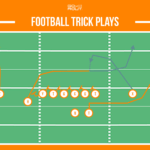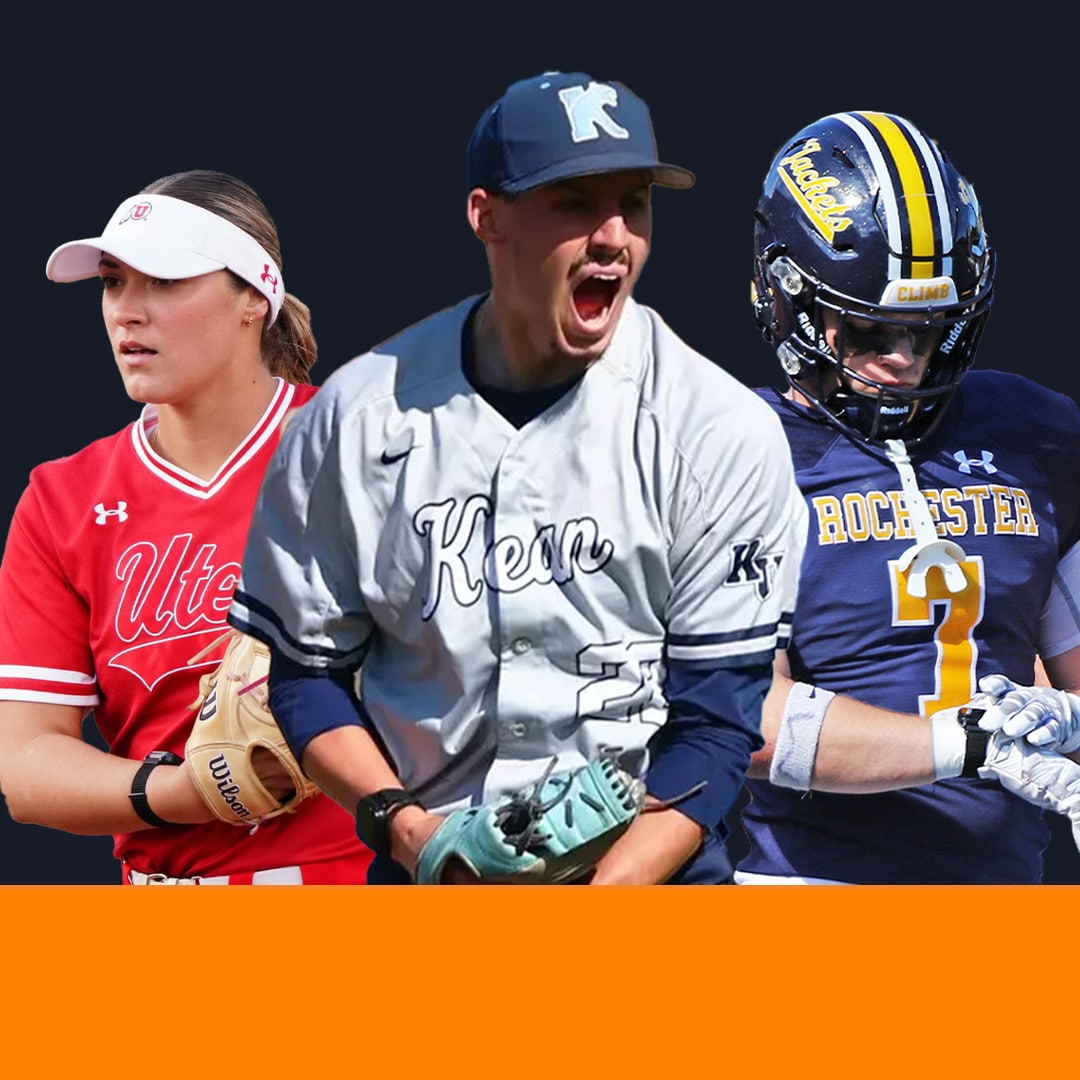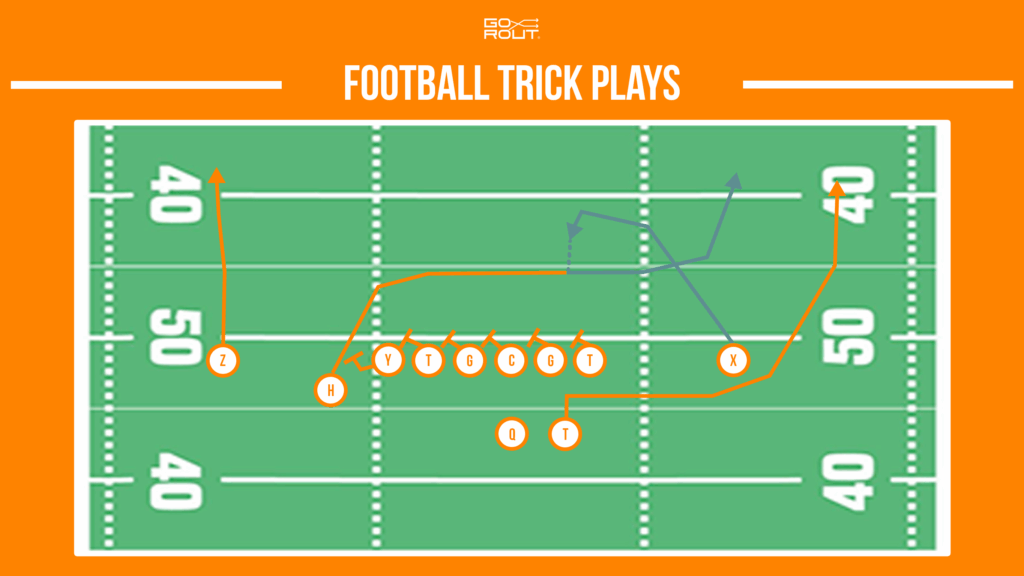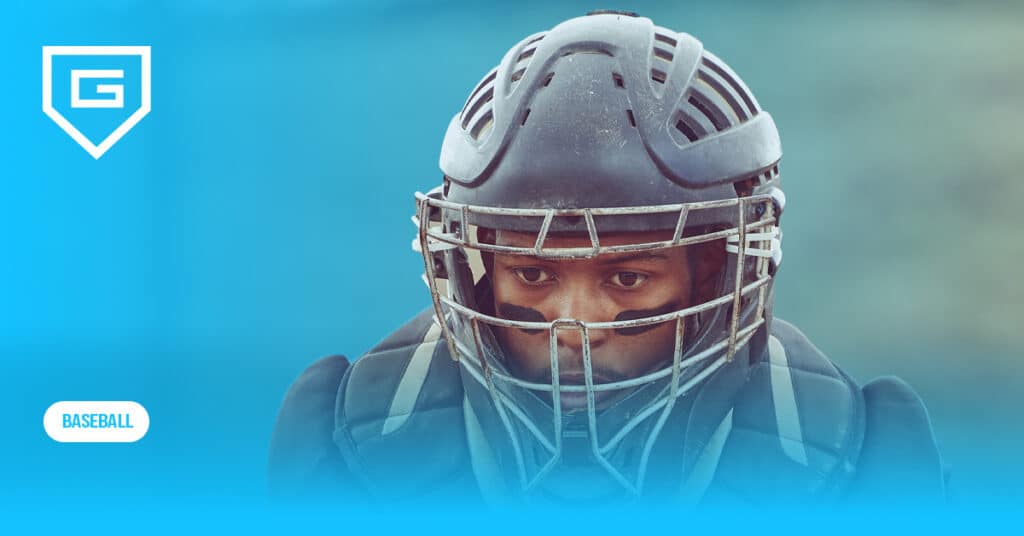College Football Helmet Communication: How It Works
Reading Time: 6 minutes
Reading Time: 6 minutes
In the past, college teams communicated plays using hand signals and sideline posters, but these methods are slow and can be exploited by sign stealing.
Wearable technology in sports, such as helmet communication systems, is changing the way teams operate on the field. NFL teams have been using this technology to speed up the game since the 1990s. The NCAA oversight committee has approved helmet communication for FBS teams starting in 2024.
Additionally, innovative companies like GoRout are developing new football play-calling systems.
GoRout provides secure, real-time communication tools that allow coaches to send play calls directly to wearable player devices in real-time during games. This game-changing streamlines communication on the field and reduces sign stealing to reach the end zone.
Let’s talk about the history of on-field communication and how technology is changing the game for college football teams.
The Evolution of On-Field Communication in College Football
College teams have historically used hand signals, huddles and sideline signs to communicate plays from to players. This can be a very meticulous and complex process and can lead to miscommunication or sign stealing.
The concept of a coach-to-player communication system emerged in the 1950s and was quickly banned by the NFL and college football authorities. Officials were worried that allowing electronic communication would give an unfair advantage to teams with more resources and disrupt the game.
The NFL approved helmet communication in 1994. College football kept the ban on coach-to-player systems to preserve the “amateur” aspect of the game. Plus, not all programs could afford the technology.
Prioritizing equity among universities was the calling card for the NCAA for decades. As the game has evolved, and technology has become weaponized for sign stealing, they have changed their stance on the allowance of electronic comms.
NCAA Rules on College Football Helmet Communication 2024
In the 2024 season, the NCAA Rules Committee tested coach-to-player communication systems in the Football Bowl Subdivision (FBS) regular season. It is the first full year of helmet comms being available after successful experimentation during the 2023 bowl season.
According to the new NCAA rules, one offensive player and one defensive player—typically the quarterback and the defensive captain—are permitted to wear helmets equipped with audio communication technology.
Coaches can verbally send play calls directly to these players through a speaker. However, communication is cut off when the play clock reaches 15 seconds or when the ball is snapped, whichever happens first. This rule prevents real-time adjustments during the second half of the play.
Sports coaching technology streamlines play calling, reduces sign stealing, strengthens players’ cognitive processing and improves competition. Depending upon end-of-year review of the 2024 season, the NCAA may allow this technology to be used by other levels of college football in the future.
How College Football Helmet Communication Works
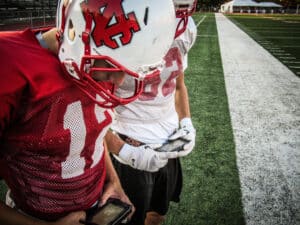
College football helmet communication is a wireless football play-calling system built into the helmet. The head coach sends instructions from a handheld device or sideline console over a secure radio frequency.
Each player’s helmet has a tiny receiver and speaker system, allowing them to hear play calls. This lightweight wearable technology does not hinder the players’ movement or comfort on the field.
The communication process begins when the coach calls a play from the sideline or booth. The head coach or coordinator communicates with one specific player, identified by a green dot on their helmet, through a one-way audio channel.
That player then relays the play to the rest of the team verbally, either in the huddle or at the line of scrimmage, using predetermined verbiage and/or signals.
While the player cannot respond verbally to the coach, this technology can help with processing defensive looks and making adjustments at the line of scrimmage.
College Football Helmet Communication vs NFL
The NFL and NCAA rules with in-helmet audio communication are the same. Speaker audio in the helmet is cut when there are 15 seconds remaining on the play clock, or when the ball is snapped. Whichever comes first.
One player — marked by a green dot — on offense, and one player on defense are allowed to receive helmet communications. It is up to that player to call out or signal the play call on the field from there.
Benefits of College Football Helmet Communication
This innovation brings numerous advantages to teams, coaches, and players. Let’s explore the key benefits:
- Faster play calling: Coaches can call plays without hand signals or sideline posters. This is helpful for fast-tempo offenses and running more plays.
- Efficient adjustments: Coaches can communicate audibles to players up to 15-seconds remaining on the play clock.
- Reduced sign stealing: Helmet communication prevents opponents from decoding hand signals or play calling cards and keeps a team’s strategy intact.
- Improved defensive communication: Defensive captains receive info on the other team’s formation to align their defense and make adjustments
- Improved in-game decision-making: Players focus on executing plays instead of interpreting signals or worrying about miscommunication.
As college football continues to evolve, we can expect further initiatives that will shape the sport’s future.
Impact on Game Strategy and Tempo
Helmet communication affects game strategy and tempo for offense and defense in a positive way. By securing communication through the helmet, teams can better protect their play calls, and either communicate more effectively in the huddle or run up-tempo more simply.
Offense
Helmet communication allows coaches to call plays and make real-time adjustments. This speeds up no-huddle offenses, so teams can get set more quickly. The quarterback can focus on pre-snap reads instead of hand signals or managing the huddle in this instance.
Defensive adjustments
Helmet communication also allows for faster defensive adjustments and strategies. Defensive captains get info from team personnel on alignments or substitutions in real-time. When offenses go fast, defenders can adjust quickly to prevent big plays.
GoRout: The Best Alternative for Coach-to-Player Communication
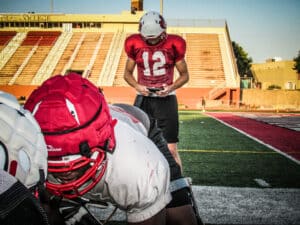
The GoRout Gridiron in-game solution is an innovative system that helps coaches communicate with players. It allows coaches to send visual play calls to wearable devices on the field, and creates the opportunity to send the play call to multiple players at once. GoRout Gridiron’s encrypted communication eliminates sign stealing.
GoRout equipment has 128-bit encryption and a 4-way small LED screen on sending and receiving devices, so teams can have secure and reliable communication during games. Wearable player devices are also designed with military-grade casing, designed to withstand the physicality of the game.
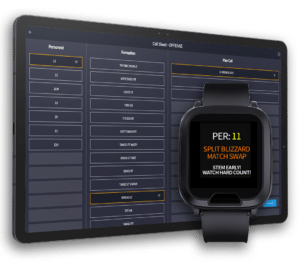
Check out these video testimonials from teams and coaches that used the system during the Liberty League experimentation with the system during their 2024 conference schedule!
GoRout also has a football practice solution that helps teams streamline their practice and improve communication during training.
GoRout football wristbands will secure and protect your team’s signs and communication to help you more wins this season!
Get a quote to streamline your practice and get ahead of the game.
Conclusion
Helmet communication in college football improves game strategy, tempo and team communication.
Not every school uses helmet communication, but understanding how to coach football with modern technology is key for the game’s future.
GoRout provides the best alternative solution for in-game play calling, and offers the system at the most affordable rate in the game!
College Football Helmet Communication FAQs
Let’s answer the most common questions about football helmet communication.
Can college football use helmet communication?
Yes, college football team personnel can use helmet communication. The NCAA Football Rules Committee approved in-helmet communication for FBS teams in 2024.
Do college players have microphones in their helmets?
No, college players in the football bowl subdivision have speakers in their helmets that create one-way coach-to-player communication from the sideline or box to the field.
Do college football quarterbacks have radios on their helmets?
Only one player on each side of the ball can have a radio in their helmet. A green dot on their helmet is the indicator.
What is the helmet communication rule?
The communication rule lets coaches communicate with only one player on the football field via radio technology in-helmet communication. Comms are disconnected when there are 15 seconds left on the play clock or the ball is snapped; whichever comes first.

